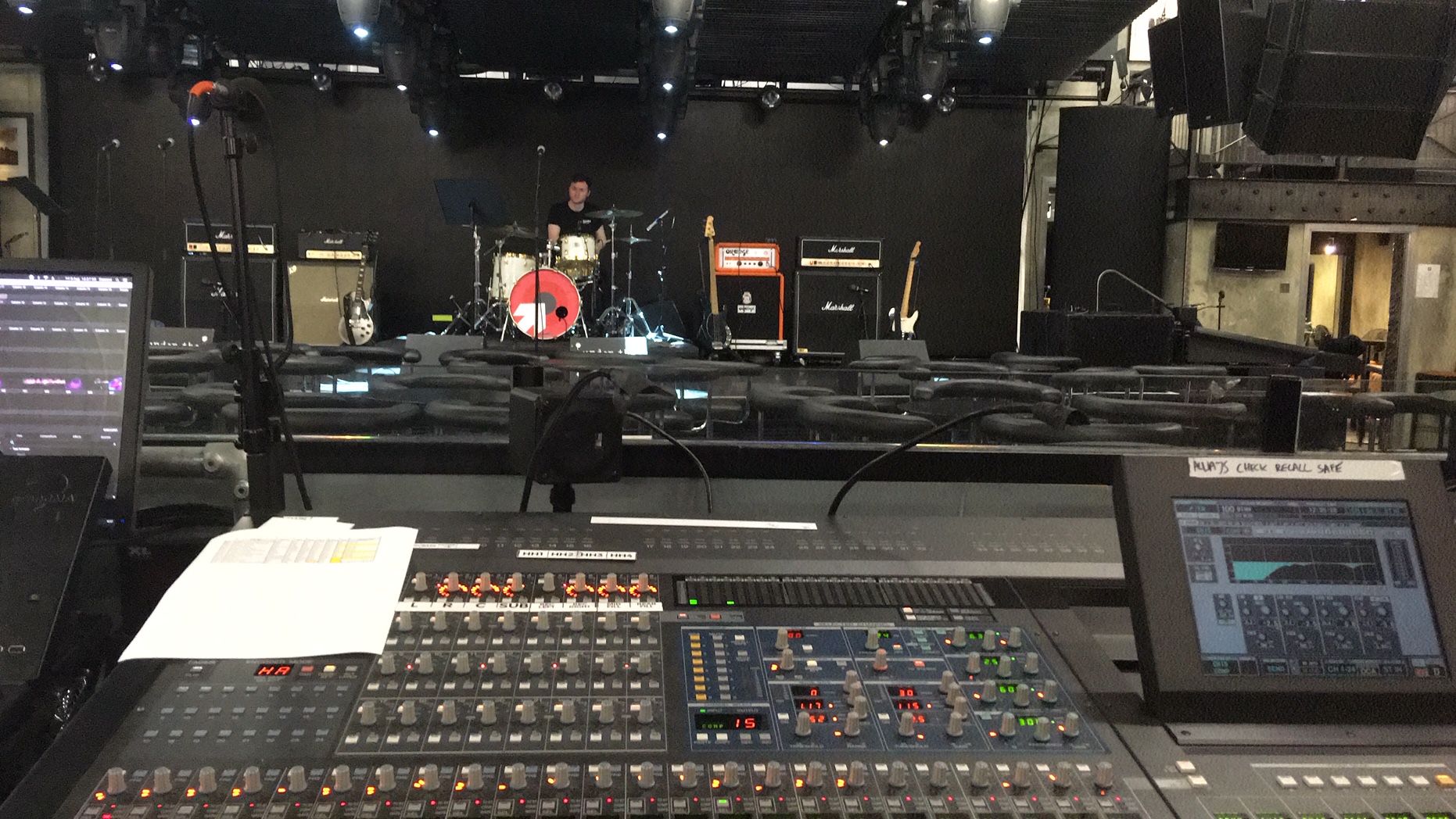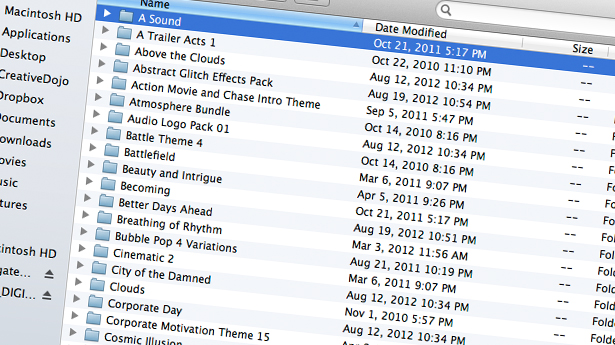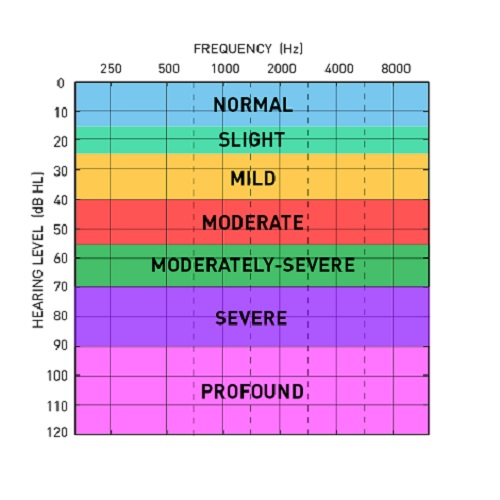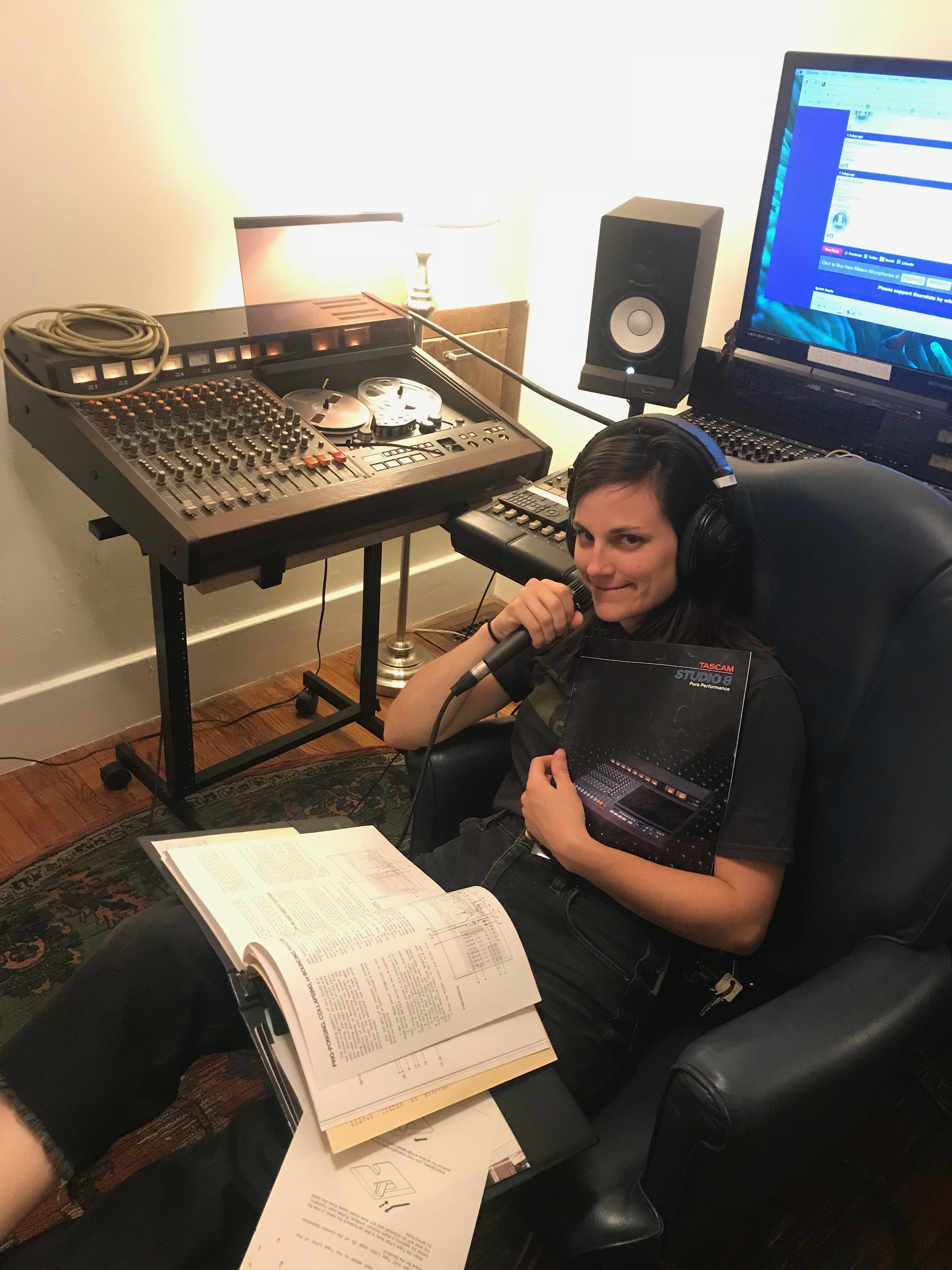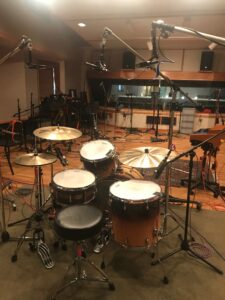crackle – a sound made up of a rapid succession of slight cracking sounds. Also, look up: sizzle, fizz, hiss, crack, snap, fuse, fuze, burn, fire
crash – a sudden loud noise as of something breaking or hitting another object. Also, look up: bang, smash, crack, bump, thud, clatter, clunk, clang, hit
body fall – a sound made by a body falling onto a hard surface. Also, look up: body hit, land
boing – the noise representing the sound of a compressed spring suddenly released. Also look up: bounce, bouncing, bonk, jaw harp
boom – a loud, deep, resonant sound. Also look up: explosion, slam, crash, drum, taiko, rumble
buzz – a humming or murmuring sound made by or similar to that made by an insect. Also look up: hum, drone, insect, neon, fluorescent
chomp – munch or chew vigorously and noisily. Also, look up: munch, crunch, chew, bite
click – a short, sharp sound as of a switch being operated or of two hard objects coming quickly into contact. Also, look up: clack, snap, pop, tick, clink, switch, button
creak – a harsh scraping or squeaking sound. Also look up: squeak, grate
flutter – the sound of flying unsteadily or hovering by flapping the wings quickly and lightly. Also look up: beat, flap, quiver, wing
glug – the sound of drinking or pouring (liquid) with a hollow gurgling sound. Also look up: pour, drain
groan – a low creaking or moaning sound when pressure or weight is applied to an object OR an inarticulate sound in response to pain or despair. Also, look up: creak, squeak; moan, cry, whimper
honk – the cry of a wild goose. Also look up: gander, goose
ahoogah – the sound of a particular type of horn. Also look up: model a, model t, antique horn, bulb horn
jingle – a light ringing sound such as that made by metal objects being shaken together. Also, look up: clink, chink, tinkle, jangle, chime, sleigh bells
neigh – a characteristic high-pitched sound uttered by a horse. Also, look up: whinny, bray, knicker
poof – used to convey the suddenness with which someone or something disappears. Also look up: puff
pop – a light explosive sound. Also look up: bubble, cork, jug, thunk
puff – a short, explosive burst of breath or wind. Also, look up: poof, gust, blast, waft, breeze, breath
rattle – a rapid succession of short, sharp, hard sounds. Also look up: clatter, clank, clink, clang
ribbit – the characteristic croaking sound of a frog. Also look up: frog, toad, croak
quack – the characteristic harsh sound made by a duck. Also look up: duck, mallard
rustle – a soft, muffled crackling sound like that made by the movement of dry leaves, paper, cloth, or similar material. Also look up: swish, whisper, movement, mvmt
rumble – a continuous deep, resonant sound. Also look up: boom, sub, earthquake
scream – a long, loud, piercing cry expressing extreme emotion or pain. Also, look up: shriek, screech, yell, howl, shout, bellow, bawl, cry, yelp, squeal, wail, squawk
screech – a loud, harsh, piercing cry. Also, look up: shriek, scream, squeal
skid – an act of skidding or sliding. Also look up: slide, drag
slurp – a loud sucking sound made while eating or drinking. Also, look up: suck, drink, straw, lick
splash – a sound made by something striking or falling into liquid. Also, look up: spatter, bespatter, splatter, bodyfall water
splat – a sound made by a wet object hitting a hard surface. Also, look up: squish
splatter – splash with a sticky or viscous liquid. Also, look up: splash, squish, splat, spray
squawk – a loud, harsh, or discordant noise made by a bird or a person. Also, look up: screech, squeal, shriek, scream, croak, crow, caw, cluck, cackle, hoot, cry, call
squeak – a short, high-pitched sound or cry. Also, look up: peep, cheep, pipe, squeal, tweet, yelp, whimper, creak
squish – a soft squelching sound. Also look up: splat, splatter
swish – a light sound of an object moving through the air. Also look up: whoosh, swoosh
swoosh – the sound produced by a sudden rush of air. Also look up: swish, whoosh
thunk – the sound of a cork being pulled out of or placed into a bottle or jug. Also, look up: pop, cork, jug
twang – a strong ringing sound such as that made by the plucked string of a musical instrument, a released bowstring, or a ruler held steady on one end and plucked from the other. Also, look up: ruler twang, boing twang, ripple, pluck, violin, guitar
whip crack – the loud and sudden sound of a whip moving faster than the speed of sound, creating a small sonic boom. Also look up: bullwhip, whip, swish, whoosh, swoosh
whoosh – a heavy sound of an object moving through the air. Also look up: swish, swoosh
woof – the sound made by a barking dog. Also look up: bark, howl, yelp, whimper, dog
yelp – a short sharp cry, especially of pain or alarm. Also, look up: squeal, shriek, howl, yowl, yell, cry, shout
zap – a sudden burst of energy or sound. Also look up laser, beam, synth, sci-fi
See the original post here.



